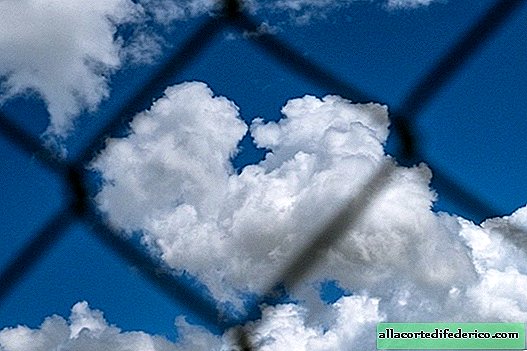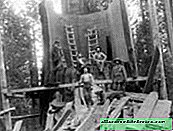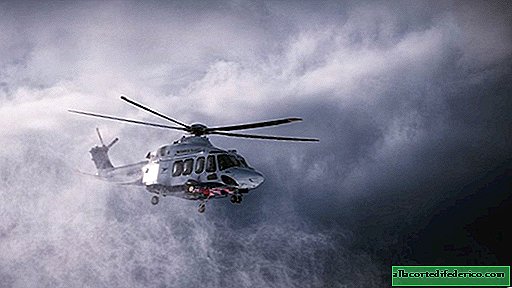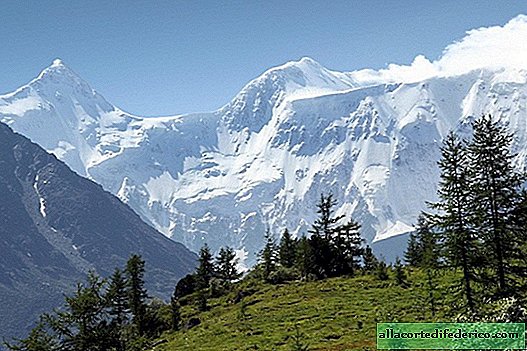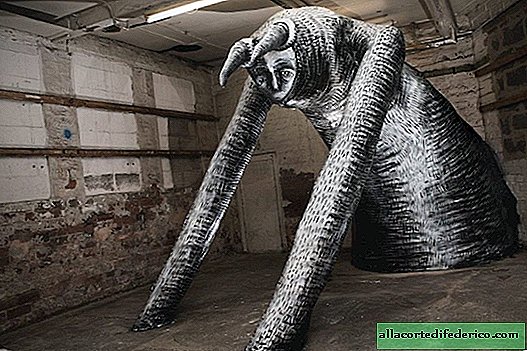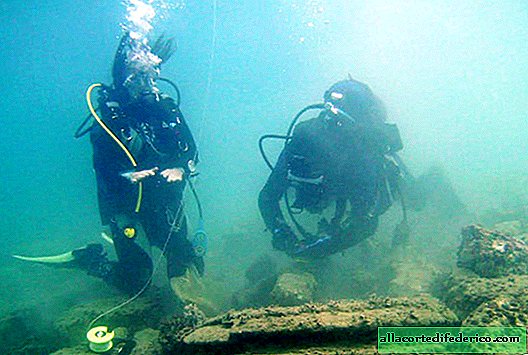Fight given to the pale-faced: the largest victory of the Indians over the Americans
The Battle of Little Bighorn, which took place on June 25, 1876 on the Little Bighorn River (Montana), became one of the most famous for the entire period of rebellion of Native Americans against the conquerors. Here, the federal forces, led by Lt. Col. George Armstrong Custer, faced the formation of Sioux (Lakota) Indians and Cheyenne. The tension between the redskins and the pale faces has been growing since the discovery of gold on the lands of Native Americans. When several tribes did not want to move on the reservation, the U.S. Army, including Custer and his 7th Army, was directed against them. Custer thought victory would be easy. However, he did not know about the number of Indians who came to fight under the command of the Sitting Bull in Little Bighorn. As a result, the pale-faced were in the minority and were utterly defeated. This battle is also called the Last Battle of Custer.
The Battle of Little Bighorn: Growing Tension
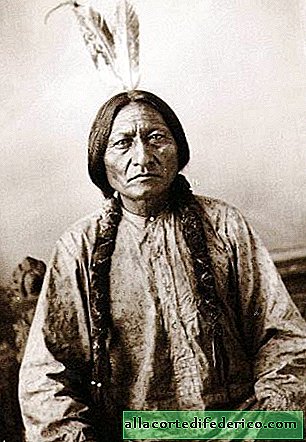 Sitting bull
Sitting bullSitting Bull and Raging Horse, leaders of the Sioux tribes on the Great Plains, resolutely resisted the US government in the second half of the 19th century, which sought to overpower them on the reservation. In 1875, after gold was discovered in Black Hills (South Dakota), the U.S. Army ignored previous treaty agreements and invaded the region. This arrogant betrayal led to the fact that many Indian tribes left their reservations to support their leaders in Montana. By the end of spring 1876, more than 10,000 Native Americans gathered at the Little Bighorn River. They ignored the U.S. Department of War’s order to return to their reservations and forcibly relocate.

In mid-June, three columns of American soldiers lined up in front of the camp and prepared for the campaign. On June 17, a force of 1,200 Native Americans turned back to the first column. Five days later, General Alfred Terry ordered George Custer's 7th Cavalry to scout the situation. On the morning of the 25th, Custer approached the enemy’s location and decided to go ahead, not wait for reinforcements.
The Battle of Little Bighorn
At noon on the same day, 600 Custer men were on the battlefield. Rumors of an impending attack quickly spread among Native Americans. Chief Sitting Bull rallied the warriors and took care of the safety of women and children, while Mad Horse set off with great force to meet the attackers.
 Colonel George Custer
Colonel George CusterDespite Custer's desperate attempts to regroup his people, they were defeated very quickly. Caster and about 200 people in his battalion were surrounded by 3,000 Native Americans, and an hour later Caster and all his soldiers were dead.
 Native American Battle Image
Native American Battle ImageThe Battle of Little Bighorn marked the most decisive victory for Native Americans and the most terrible and shameful defeat of the forces of the United States in the war against the Indians on the plains. The death of Custer and his people shocked many white Americans and created in their minds a clear image of the Indians as cruel and merciless. Meanwhile, the US leadership intensified, setting out to conquer the Redskin tribes. And after 5 years, almost all Sioux and Cheyenne were transferred to the reservation and expelled from their ancestral lands.


